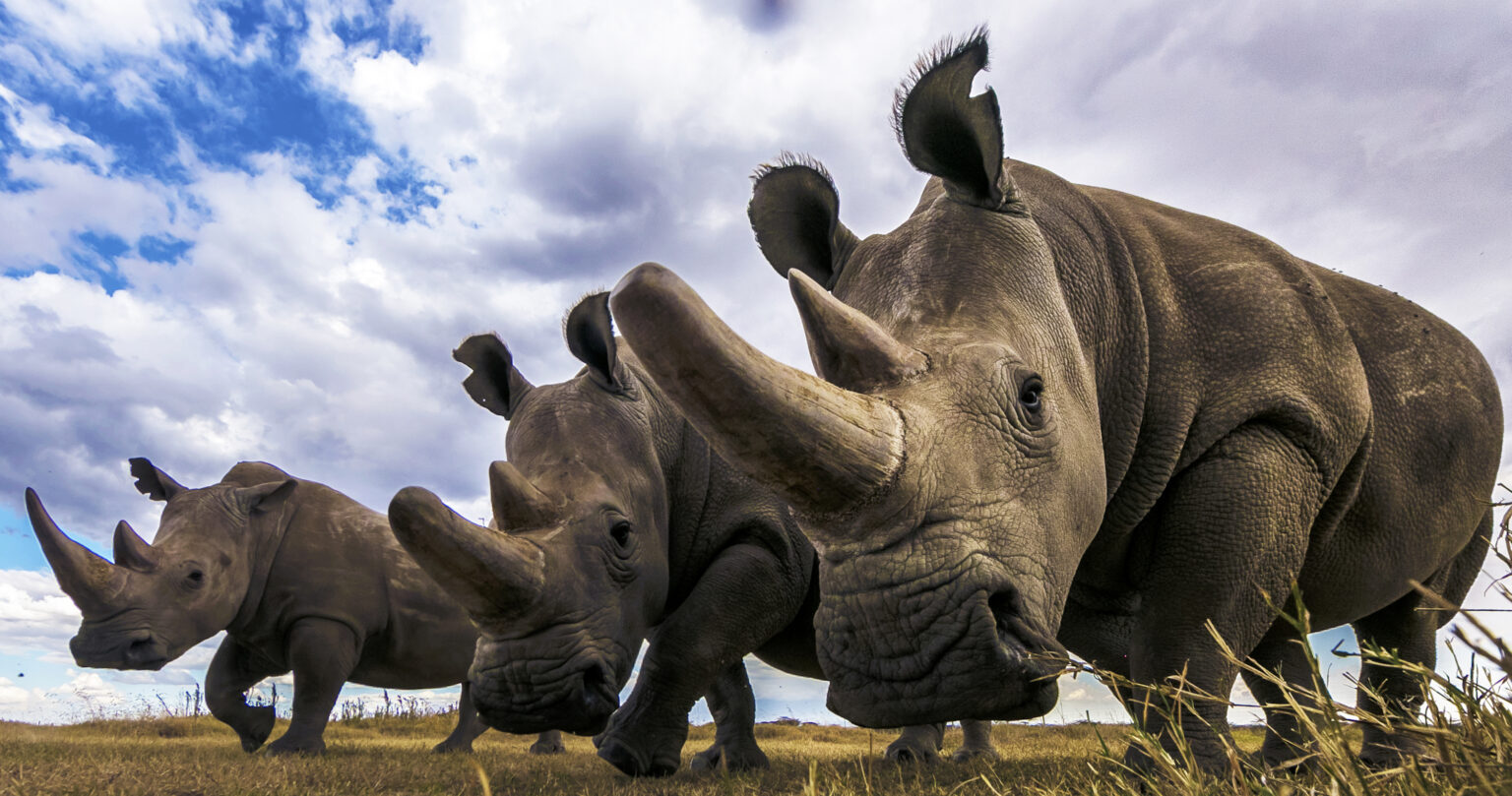The Internet of Things has been topical for many years, and behind the scenes, it’s been changing our world. Yet, for many of us, the concept remains arcane. What is IoT, and why does it matter? Perhaps more pertinent, why does it matter to you?
Answering these questions opens doors for our personal lives, communities, and businesses through technology. Still, IoT conjures a swirl of technology ideas that become overwhelming. How can we fit the IoT revolution in a context that works for us? The place to start is with birds and rhinos.
The ecosystems around us
“Before we even think about what an IoT ecosystem is, let’s look at the concept of ecosystems, particularly natural ecosystems,” says Maanda Ramutumbu, Executive Head of Vodacom’s IoT Centre of Excellence Verticals. “A biological ecosystem is a natural system with living organisms, plants, animals, that sort of thing. That ecosystem is defined by how they interact with each other and how they interact with other non-living environments, like water, air, soil. The whole value of the ecosystem is that this interaction by these diverse organisms creates an environment where they are able to thrive within this shared environment.”
A familiar example is the oxpecker, a small bird that rides on the back of rhinos, eating their parasites, “The bird benefits from having food, and the rhino benefits from having these parasites removed from its back.”
An IoT ecosystem is the same. It connects various people and objects in symbiotic relationships. While a computer box or digital sensor might seem like a far cry from birds helping wildlife, the concept is the same. Everything in an environment is better off when it has synergies with other things in that environment. Yet, for the longest time, human societies had not enjoyed this benefit because the objects—the things—that serve us were not really part of our ecosystems. IoT changes this.
“The Internet of Things is about having an exponential benefit through interconnectedness, or the interactions between various solutions components that creates a shared value for the various players in the ecosystem,” says Ramutumbu.

The layers of IoT ecosystems
IoT represents a living ecosystem where we can create synergies between different components and stakeholders. But what does such an ecosystem look like? What are its crucial pieces? There are seven elements we can identify in every functional IoT system:
-
Stakeholders
-
Sensors
-
IoT gateways
-
Connectivity
-
Cloud and IoT platforms
-
Dashboards
-
Security
The stakeholders are the beneficiaries of the system. They define what they need from the ecosystem and leverage the value they gain from it. Sensors gather information from the environment, and IoT gateways prep the resulting data transported by connectivity.
Cloud platforms provide machine learning and other interpretive algorithms to make sense of the data, which is presented to stakeholders through dashboards. Security exists across the value chain to ensure that the information and its value maintain integrity and confidentiality. These ecosystems already exist everywhere, says Ramutumbu: “For example, a logistics company supervisor can see vehicles’ movements on a screen, thanks to sensors in the trucks providing location information. The vehicle driver has a mobile device to log incidents or receive updates. Two examples of this are Checkers Sixty60 and Zulzi.”
We can apply this concept to many areas: the map software we use when travelling, healthcare information shared between medical professionals, security triggers calling rapid response teams, smart meters saving water and electricity, and even sensors to ensure a fridge stays cool and the ice cream doesn’t melt.
When you look at the world as an ecosystem defined by connectivity and sensors, where data is spun into insight right on our laptops and phones, you realise that IoT is already enhancing our lives.
IoT succeeds with partnerships
IoT success starts by defining an ecosystem as a partnership, which is why Vodacom has been making big strides for its customers. “The whole ethos of an ecosystem is based on partnership,” says Ramutumbu. “It’s these different components, the different service providers coming together to collaborate, that are able to create a solution that creates exponential benefits for our clients. If you want to get ahead with IoT, start with a partner like Vodacom who has the track record and who you know you can trust.”
Find out more about the Vodacom IoT ecosystem here.



